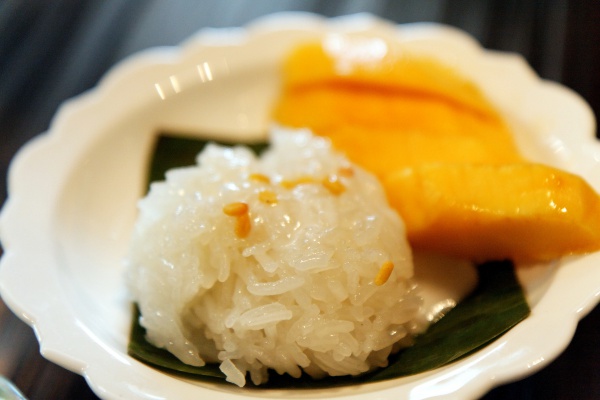Facts About Mango sticky rice
Mango sticky rice is a cherished Thai dessert composed of glutinous rice, fresh mango, and coconut milk. Traditionally enjoyed with a spoon or even by hand, this sweet delicacy has captivated hearts not only in Thailand but across the entire Indochina region, Southeast Asia, and South Asia. Countries like Laos, Cambodia, Vietnam, India, and Bangladesh have also embraced this delightful dish. Mango sticky rice is particularly popular during Thailand's peak mango season, which falls in the summer months of April and May.
Preparing mango sticky rice is a straightforward yet rewarding process. First, you soak the sticky rice in water and then cook it, either by steaming or using a rice cooker. While the rice cooks, you prepare a coconut milk mixture by heating coconut milk with salt and sugar—taking care not to bring it to a boil. Once the rice is ready, you mix it with the coconut milk and let it sit for a while so the rice can absorb all that creamy goodness. The mangoes are then peeled and sliced, ready to be served alongside the rice with an extra drizzle of the coconut milk mixture. Occasionally, a sprinkle of crispy yellow mung beans is added on top for a bit of crunch.
Yellow mangoes are typically preferred for their sweet flavor, with varieties like Nam Doc Mai and ok-rong being traditional favorites. The glutinous sticky rice provides the dish with its signature sweet and chewy texture. For the best experience, it is recommended to eat mango sticky rice immediately after it is made or purchased, as refrigeration can cause the rice to harden and the coconut milk to spoil.
There are also intriguing variations of mango sticky rice. Some people use black Thai sticky rice, which imparts a striking purple color to the dish. Others might replace mango with durian or use sweetened condensed milk instead of coconut milk for a different twist on the classic.

 Malaysia
Malaysia